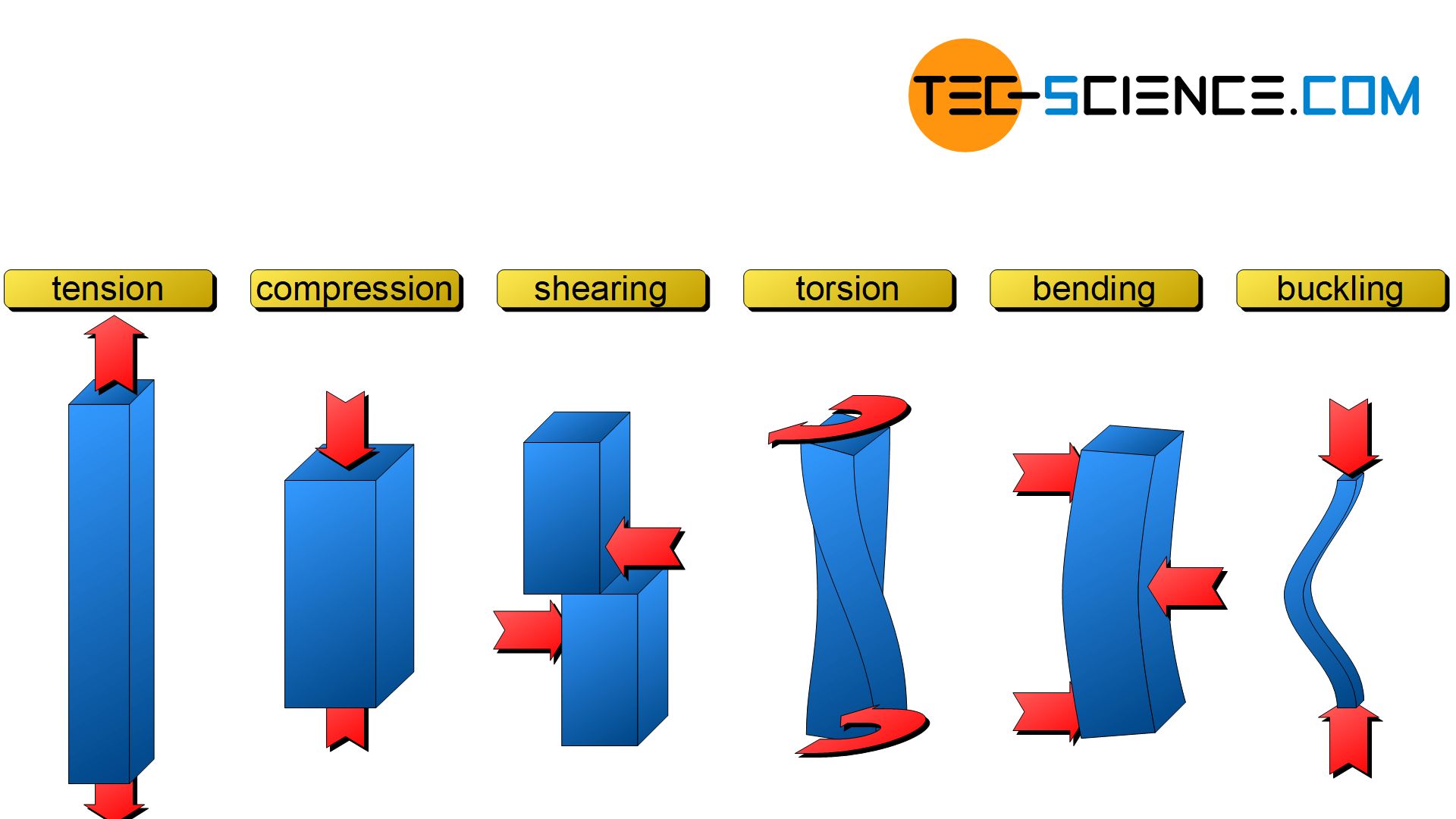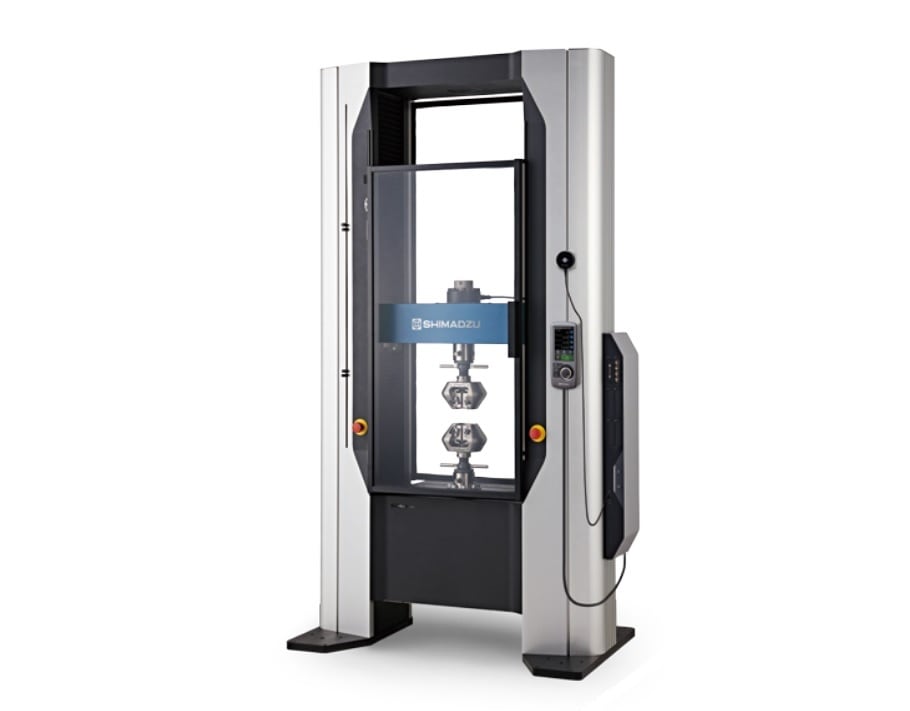Opening Precision: Materials Test Lab Excellence Revealed
Wiki Article
Pushing Limits: Checking Out Methods in Materials Testing
In this conference, we will certainly delve into the cutting-edge and advanced techniques made use of in the field of materials screening. As technology developments, so does our ability to push the limits of what is feasible in screening and evaluating different products. Join us as we embark on a journey of discovery and expedition in the world of products testing.Advanced Imaging Technologies
Advanced imaging innovations have actually changed the field of materials testing, enabling scientists to dive much deeper into the structural homes of products. These sophisticated strategies have opened up new avenues for examining and evaluating products, supplying beneficial understandings that were formerly unattainable.One such innovative imaging modern technology is X-ray calculated tomography (CT), which makes use of X-ray light beams to develop 3D photos of the inner framework of products. By recording numerous X-ray photos from various angles and rebuilding them, researchers can visualize the internal features and defects of products with exceptional detail. This non-destructive technique is specifically valuable for examining complex structures, such as composite products or elements with elaborate geometries.

Moreover, atomic force microscopy (AFM) has become an useful tool for characterizing the surface area buildings of materials at the nanoscale. By scanning a sharp probe throughout the material's surface area, AFM can determine forces and develop thorough topographic maps, supplying important information concerning surface roughness, mechanical residential or commercial properties, and attachment forces.
Cutting-Edge Simulation Approaches
A variety of cutting edge simulation approaches are pushing the borders of materials screening, providing scientists unprecedented understandings into product behavior. These innovative simulation methods utilize advanced computational methods to version and predict the efficiency of materials under different problems. By mimicing the habits of materials at the atomic and molecular degree, researchers can better recognize the hidden devices that govern material properties and performance.Among the most significant simulation methods is molecular dynamics (MD), which replicates the activity and interactions of atoms and molecules gradually. MD permits scientists to investigate phenomena such as fracture, phase, and deformation shifts in products. An additional effective strategy is limited element analysis (FEA), which divides a complex structure or material into smaller, much more manageable aspects and evaluates their habits under different tons. FEA is commonly utilized in engineering and materials science to study the response of products to mechanical, thermal, and electro-magnetic pressures.
Additionally, multiscale modeling combines various simulation techniques to bridge the void between macroscopic and atomistic ranges. By integrating details from various length scales, scientists can accurately predict the actions of products under real-world conditions.
These cutting-edge simulation approaches are reinventing products screening by offering understandings that are impossible or or else difficult to get experimentally. They allow scientists to enhance product style, discover new products, and improve the efficiency and reliability of existing products in a wide variety of industries, from aerospace to biomedical.
Non-Destructive Examining Strategies

- Many non-destructive testing techniques are utilized in materials checking to analyze the residential or commercial properties and honesty of materials without creating damage. These strategies play an important role in different industries, including aerospace, auto, building, and production, where the high quality and integrity of materials are vital.
One commonly utilized non-destructive screening technique is ultrasonic testing. This approach involves sending high-frequency acoustic waves through a material and assessing the echoes that bounce back. By gauging the time it takes for the echoes to return, professionals can determine the thickness of the product, identify internal problems, and analyze the overall structural stability.
An additional extensively used technique is radiographic screening, which makes use of X-rays or gamma rays to inspect materials. This technique is particularly efficient for finding inner defects such as fractures, additions, or spaces. By exposing the material to radiation and capturing the resulting image on a movie or electronic detector, professionals can review the top quality and sturdiness of the product.
Other non-destructive screening methods consist of magnetic bit screening, dye penetrant screening, and eddy existing testing. Each strategy has its own one-of-a-kind advantages and is ideal for particular product types and applications.
High-throughput Testing Approaches
High-throughput testing methods supply a effective and thorough means of examining products in large quantities throughout the testing process. This technique involves the simultaneous screening of countless samples, permitting the quick recognition of materials with preferred features or homes.Among the vital advantages of high-throughput screening techniques is the capacity to examine a wide variety of materials in i thought about this a brief duration of time. Typical screening approaches often require lengthy and labor-intensive procedures, making it tough to review great deals of samples. With high-throughput screening, researchers can rapidly examine products on a range that was formerly not possible.
One more benefit of high-throughput screening is its ability to identify products with details residential or commercial properties or qualities. By evaluating a lot of samples, scientists can recognize products that display particular homes, such as high strength or excellent conductivity. This enables scientists to customize materials for specific applications or sectors.
High-throughput testing methods also permit the exploration of new products with special residential properties. By evaluating large amounts of materials, scientists can discover materials that show novel look what i found features or habits. This can result in the development of brand-new materials that have a vast variety of applications, from advanced electronic devices to energy storage space.
Novel Multi-scale Evaluation Methods
The execution of novel multi-scale evaluation methods improves the precision and precision of products checking procedures. By integrating numerous scales of evaluation, researchers have the ability to acquire an extra extensive understanding of the actions and residential properties of products. Conventional products evaluating approaches frequently concentrate on macroscopic homes, yet these methods stop working to capture the elaborate information and communications that occur at smaller ranges.One instance of an unique multi-scale analysis method is the usage of computational modeling. By simulating the habits of materials at various ranges, researchers can predict and comprehend their mechanical, thermal, and chemical properties. This permits more exact predictions and optimizations of product efficiency.
One more technique entails making use of advanced imaging techniques, such as electron microscopy and atomic force microscopy - materials test lab. These strategies enable scientists to visualize and evaluate materials at the nanoscale, offering insights into their microstructure and composition. By combining these observations with macroscopic testing Find Out More information, an extra full image of the product's actions can be acquired
Moreover, the combination of maker discovering formulas and data analytics in materials screening has actually likewise enhanced the accuracy of evaluation. These approaches can determine patterns and connections in large datasets, enabling faster and extra reliable analysis of materials homes.
Conclusion
In verdict, the expedition of techniques in materials screening has actually led to substantial advancements in various areas. Non-destructive testing methods have actually made it possible for the evaluation of material integrity without causing damage. These developments have pushed the boundaries of materials testing and paved the way for further research and innovation.
A range of cutting edge simulation methods are pushing the boundaries of products screening, supplying scientists extraordinary understandings into material behavior (materials test lab). By simulating the actions of products at the molecular and atomic level, researchers can much better recognize the hidden systems that govern material properties and efficiency
Many non-destructive screening techniques are employed in products evaluating to analyze the residential or commercial properties and integrity of products without triggering damages. By subjecting the material to radiation and recording the resulting picture on a film or electronic detector, service technicians can assess the quality and sturdiness of the material.
By testing big quantities of products, researchers can reveal materials that show novel characteristics or actions.
Report this wiki page